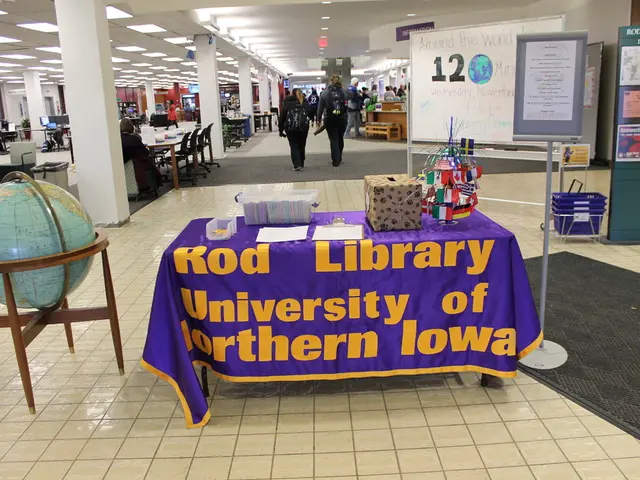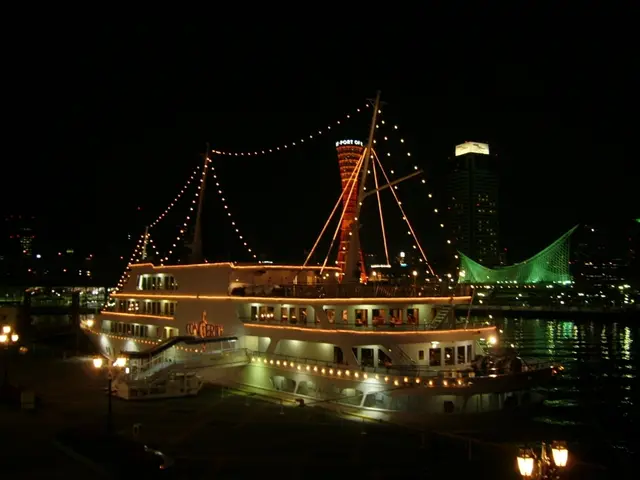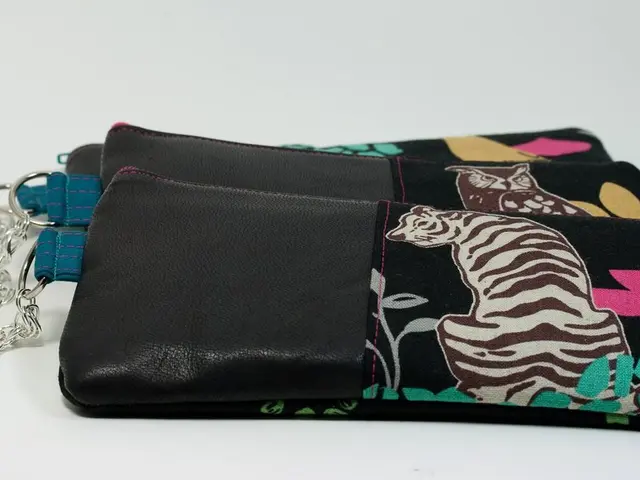Cutting-edge technology at airports allows for the elimination of liquid restrictions, so why are they still in place?
Airports worldwide have begun implementing advanced technology that can potentially lift the liquid ban at security checkpoints, yet the ban persists in many places.
In October 2021, the Shannon Airport in Ireland announced the introduction of a high-tech CT Scanning Security System, which cost 2.5 million Euros (approximately 2.6 million US dollars) to install.
With this new technology, passengers are no longer required to transfer liquids into 100-ml containers or remove electronic devices from their luggage. The high-tech scanners use 3D imaging technology that provides more accurate analysis of the contents in luggage, ensuring stricter security and better decision-making.
Shannon Airport pioneered similar technology in the past, being the first to open a duty-free shop in 1947 and the first non-American airport outside the US to offer extensive US pre-clearance facilities in 2009.
Nandi O'Sullivan, the Shannon Group's Communications Director, explained to CNN Travel, "This is one of the projects carried out by the Shannon Group during a time of restricted flight traffic."
The new security measures first gained attention during the pandemic, but more airports, like Donegal Airport in northern Ireland, adopted the technology and abolished the 100-ml rule once international travel resumed in March 2022.
Industry Insights
This technology, also known as Computed Tomography or CT, uses precisely engineered scanners that replace traditional 2D X-ray scans with 3D image scanning.
Such technology has been widely used in hospitals for decades to provide a more detailed and accurate understanding of the contents in objects. In the case of airports, CT scanners replace traditional 2D scanners with a more in-depth analysis of the contents in luggage, ensuring better security and more informed decisions.
This innovation provides a significant upgrade to security checks, reducing waiting times while delivering improved service and enhanced safety. The CT technology has already been introduced at several global airports, including London Heathrow, New York JFK, and Amsterdam Schiphol.
Despite this progress, many countries may still struggle to fully implement the CT technology due to varying regulations and structural obstacles.
A major challenge lies in the required staff training, as well as investing in costly and high-tech equipment to back up the system in case of failures. Despite these challenges, the implementation of this advancement in security tech demonstrates how technology can transform the airport experience and enhance safety measures.
The Future of Airport Security
As more countries adopt and roll out these technologies, it's likely that more airports worldwide will begin lifting or relaxing liquid and electronic restrictions. However, changes in regulations can be a slow and complex process, dependent on regional policies, technological advancements, and the ability to address any potential vulnerabilities in the new systems.
Reduced wait times at security checkpoints can also translate into faster boarding times, benefiting both airlines and passengers. With more convenience and shorter lines, passengers may be more inclined to spend their time and money in airport shops and restaurants.
Overall, the introduction of CT scanners and new liquid detection technologies in airports promises to revolutionize airport security and dramatically improve the overall travel experience.
CNN Travel has not provided a comment from Heathrow Airport.
This article is being used for demonstration and learning purposes.
Sources: [1] [2] [3] [4] [5]








